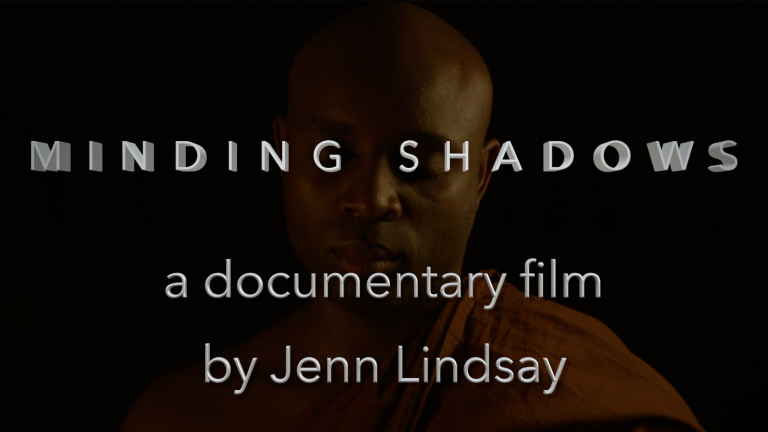
Through the Institute for the Bio-Cultural Study of Religion (IBCSR) and the journal Religion, Brain, & Behavior, CMAC has been a key player in the subfield known as cognitive science of religion (CSR). This subfield is sometimes also called the cognitive and evolutionary science of religion. What is CSR?
If you are interested in learning more about CSR, check out Claire White’s excellent textbook introduction to the subfield. For an even briefer introduction that gives just a taste of what CSR is, here are five of the most memorable CSR terms and concepts that scholars have developed.
It’s important to keep in mind that, as a young and rapidly developing subfield, CSR is changing all the time. All of the ideas described in this post have been critiqued and adapted since they were first put forward, but they still offer a lens into the kinds of inquiry that CSR enables.
- Speaking of ideas, anthropologist Pascal Boyer developed the notion of minimally counterintuitive concepts to describe a key aspect of religious cognition. Boyer argued that there are a limited number of domains for concepts, such as “person,” “object,” and “animal.” One thing that religious ideas have in common is that they violate a rule for one of these categories. For instance, a god might be a “person” who goes on living forever or who has immediate knowledge of what happens within the minds of others. Or a supernatural being might be a blend between two animals, such as a man and a horse. But Boyer claimed that these violations of expectations had to be limited to make the concepts appealing to a large audience. A religious concept could violate some rules, but it also had to connect to most of what people otherwise experience in the world. These “minimally counterintuitive concepts,” according to Boyer, became the most successful religious beliefs.
- But where do religious beliefs begin? Psychologist Deborah Kelemen found that children attribute purpose to events, framing even impersonal actions as if they were caused by personal actions. This provides a basis for religious thinking that attributes events to supernatural agency. Kelemen has referred to this as promiscuous teleology. The key idea is that, rather than religious ideas about purpose and causation being an exception to the natural rule, humans are primed for such beliefs. When adults say that “Jesus gave me a parking spot” or “that’s just karma,” they are doing something very natural that all of us learned to do as children. Promiscuous teleology also has implications for science education, since students often seem inclined to misunderstand physical causation by attributing purpose to inanimate objects (much like Aristotle did).
- Similarly, psychologist Justin Barrett has hypothesized that the human mind evolved to include a hyper-active agency detection device (HADD). This aspect of the mind, according to Barrett, makes us attribute personal agency to things in the world even when careful consideration might make us doubt that a personal agent is active. From an evolutionary perspective, the HADD would have been rooted in the environment of evolutionary adaptation (EEA), in which human beings whose minds had more “false positives” when scanning for predators would be more likely to pass on their genes. In other words, prehistoric humans who rapidly reacted to movement as if a lion or a snake had caused it, even if they were wrong most of the time, would be the ones who survived. Those who stopped to think about an impersonal cause of something moving, such as the wind, might have been right more often but they also would have been more likely to be killed.
- While the existence of a HADD is rooted in biological evolution, some CSR theories highlight claims about cultural evolution. For instance, psychologist Ara Norenzayan has claimed that “big gods” that could know and morally judge people’s thoughts were a key product of human culture. These big gods solve the problem of moving from small-scale groups in which people could morally monitor each other to larger civilizations and cities in which human life became relatively anonymous. According to Norenzayan, big gods made this transition possible by providing the specter of watching human behavior to keep people cooperative and punish freeloading or cheating behaviors.
- Another form of behavior may have also been critical to the development of social groups and civilizations. What Joseph Henrich has called credibility-enhancing displays (“CREDS”) are a central part of the cultural evolution of religion. This concept makes sense of how many actions in religious rituals are highly costly but have no clear benefit for anyone involved. For instance, people might sacrifice animals to deities but burn the entire animal, or even sacrifice the life of their own child. There seems to be little to gain in that case. In the instance of child sacrifice, one seems to be working against the survival of one’s own genes, so how could that make evolutionary sense? Henrich argues that CREDS are important to preserve the credibility of beliefs held by the group. For example, a martyr clearly shows that the beliefs that they are dying for are at least credible enough to be worth sacrificing their own life. From the perspective of group-level selection, the groups that practice CREDS such as martyrdom have an advantage over groups that might seem less committed to their beliefs, and CREDS can also enhance cooperation within a group that practices them.
As noted above, these concepts are all debatable and have been critiqued from a variety of angles. But they at least show the helpfulness of CSR as an approach to understanding how cognition and evolution relate to religious practices and beliefs.



